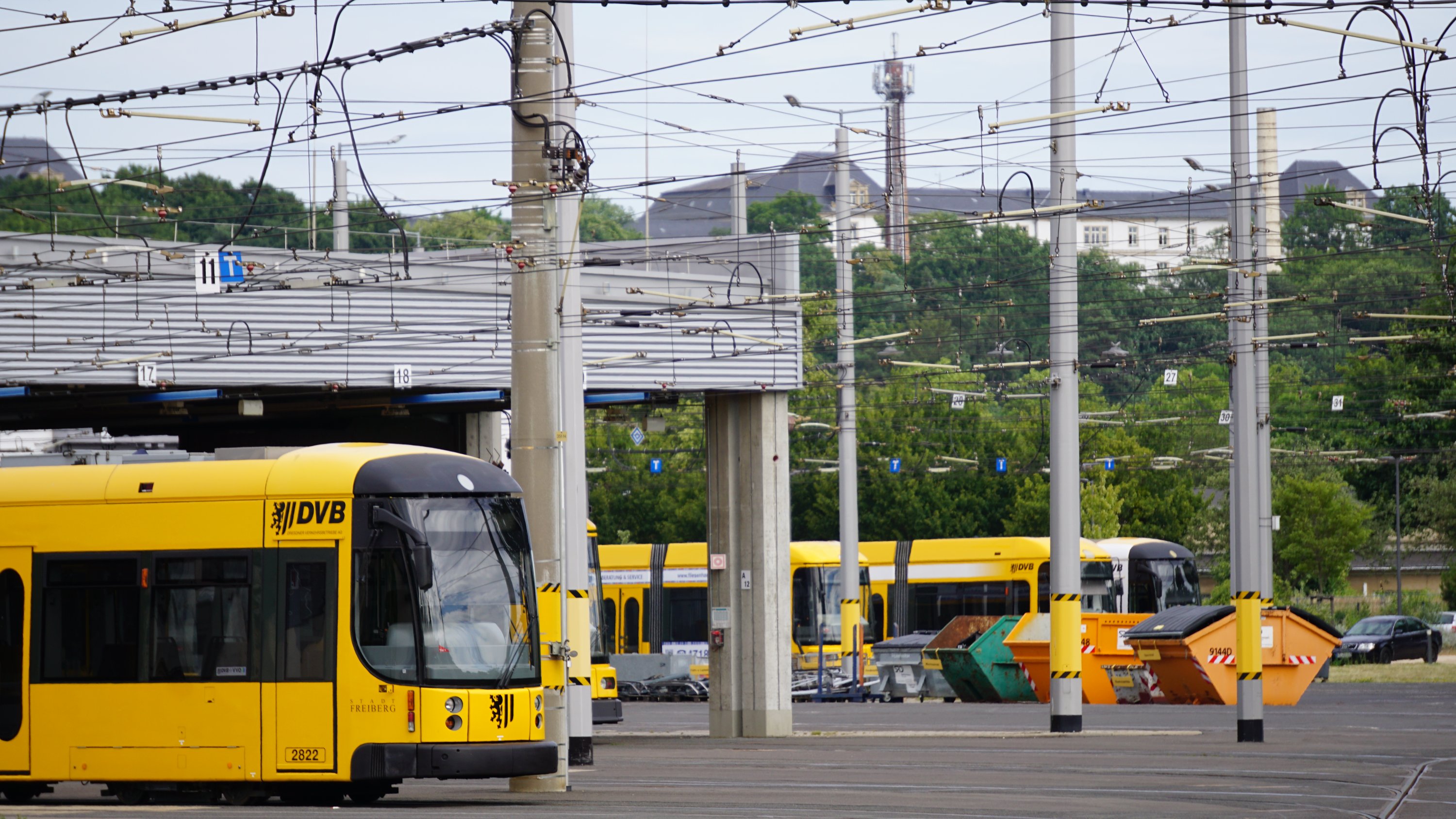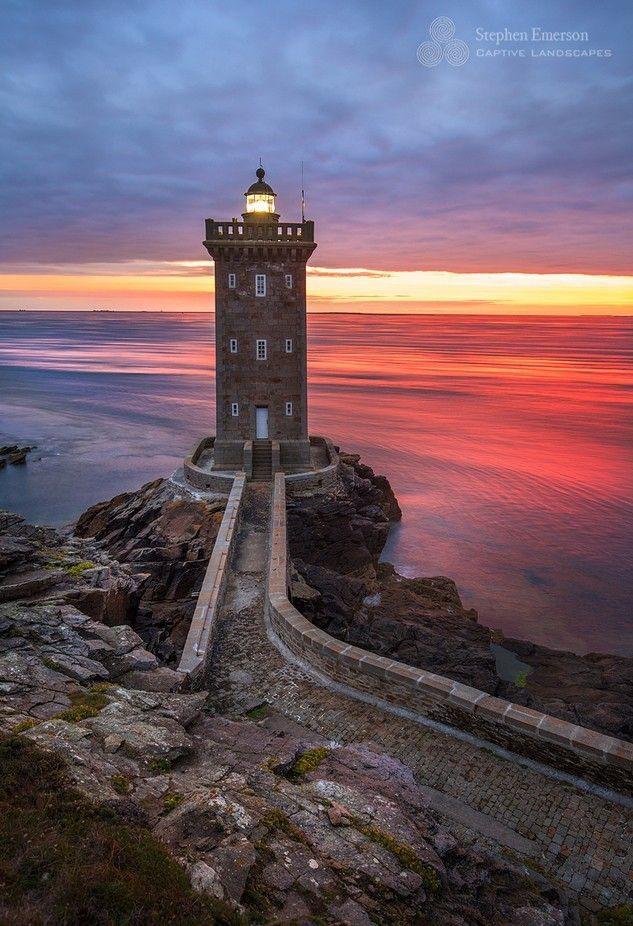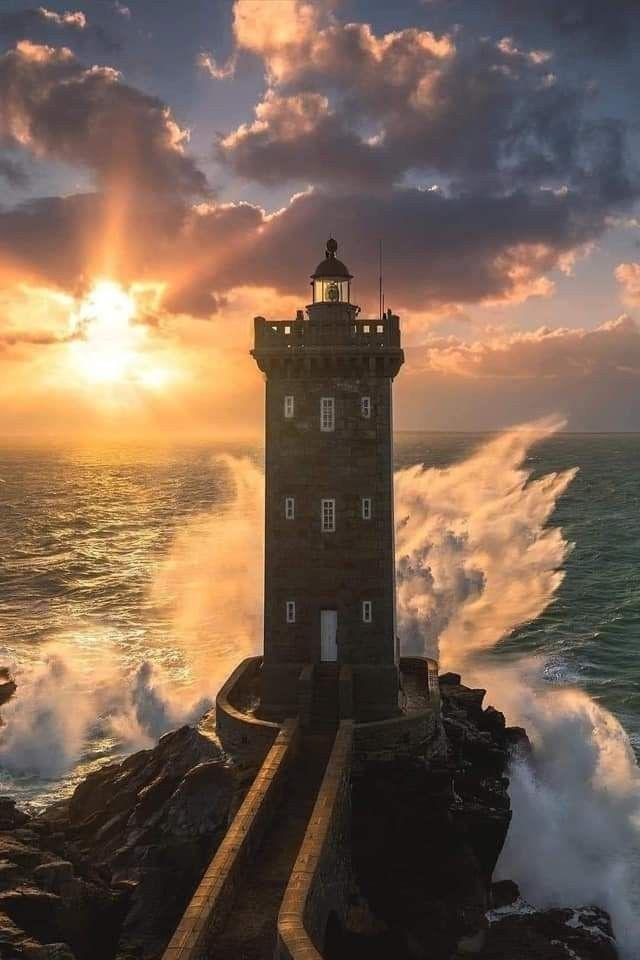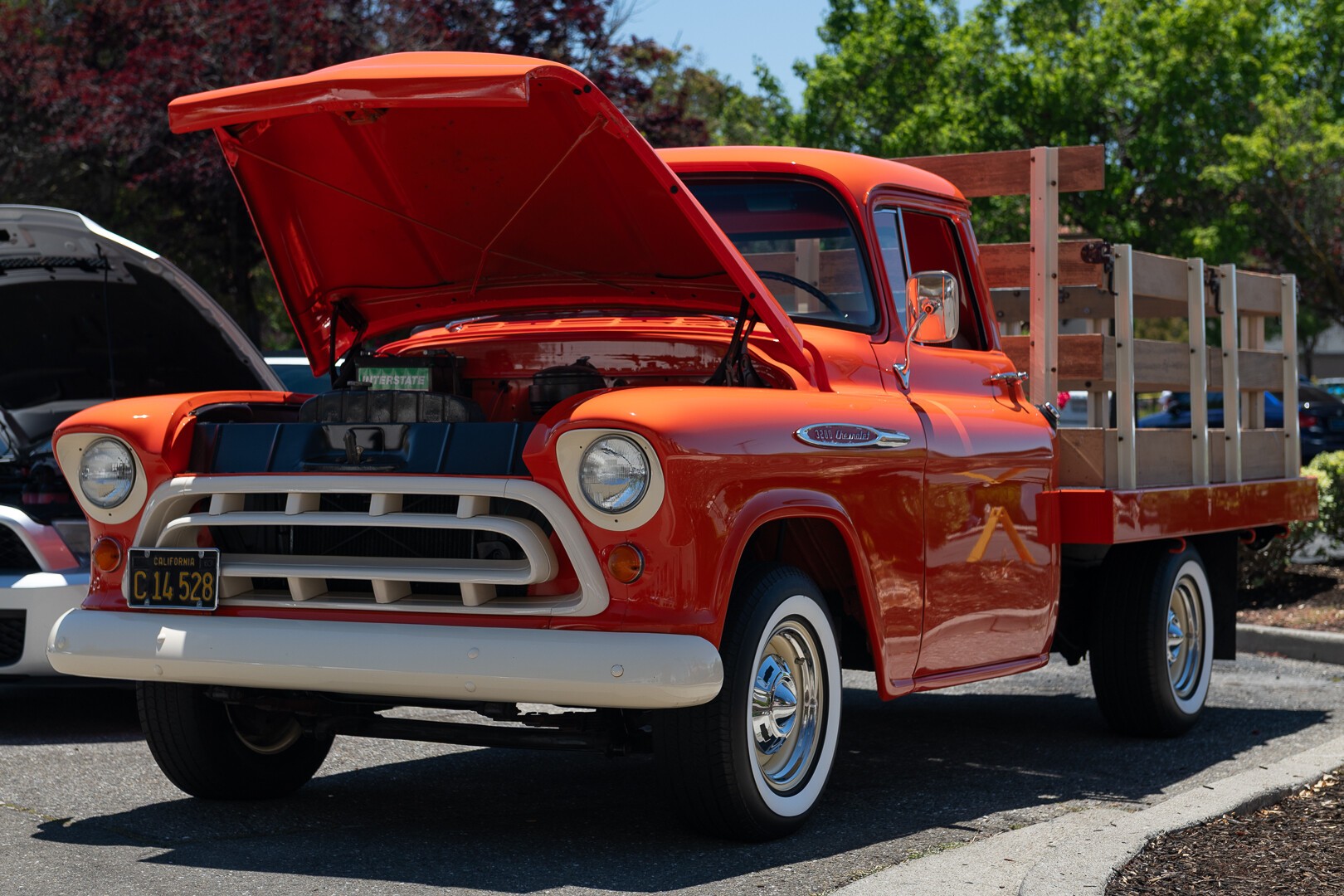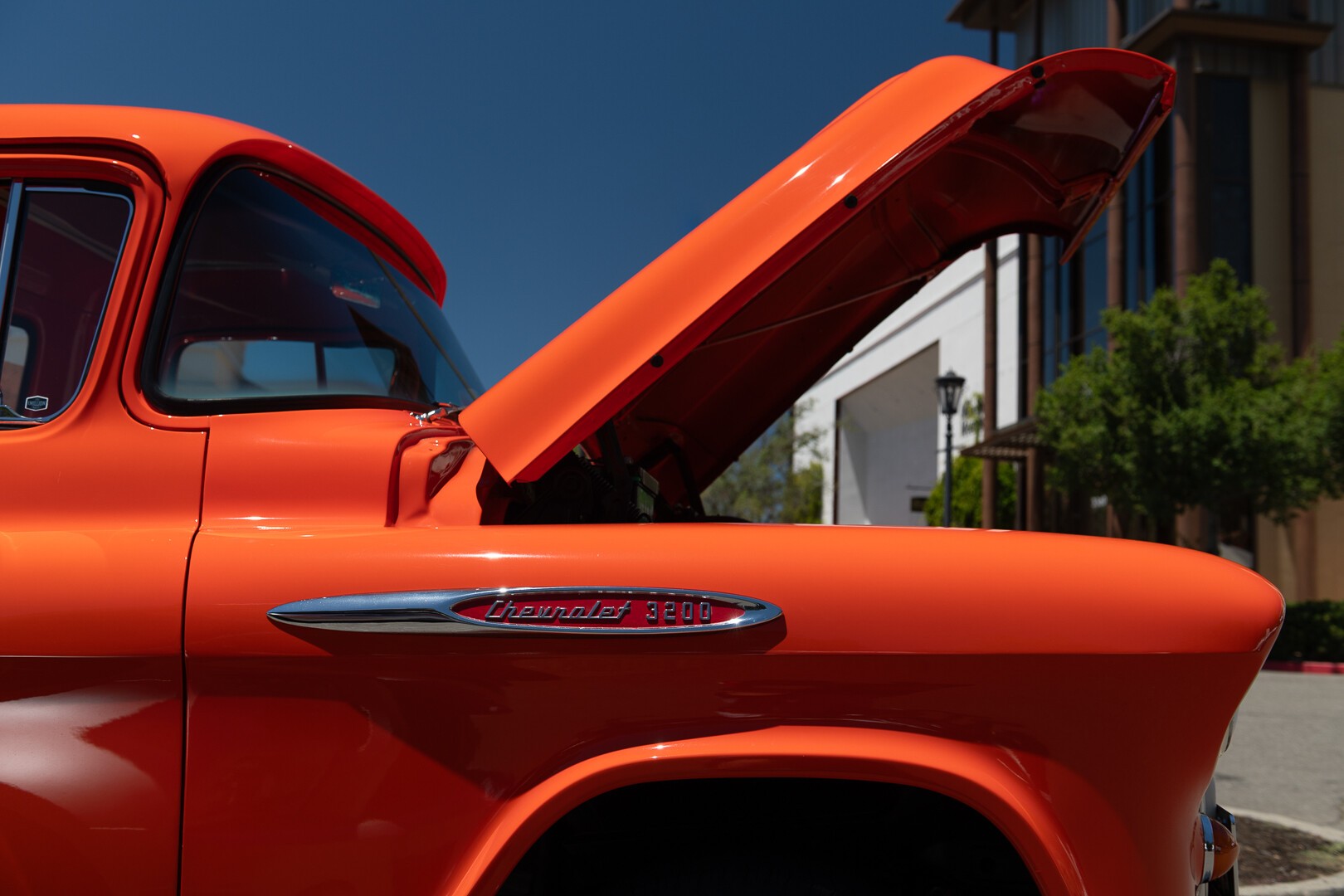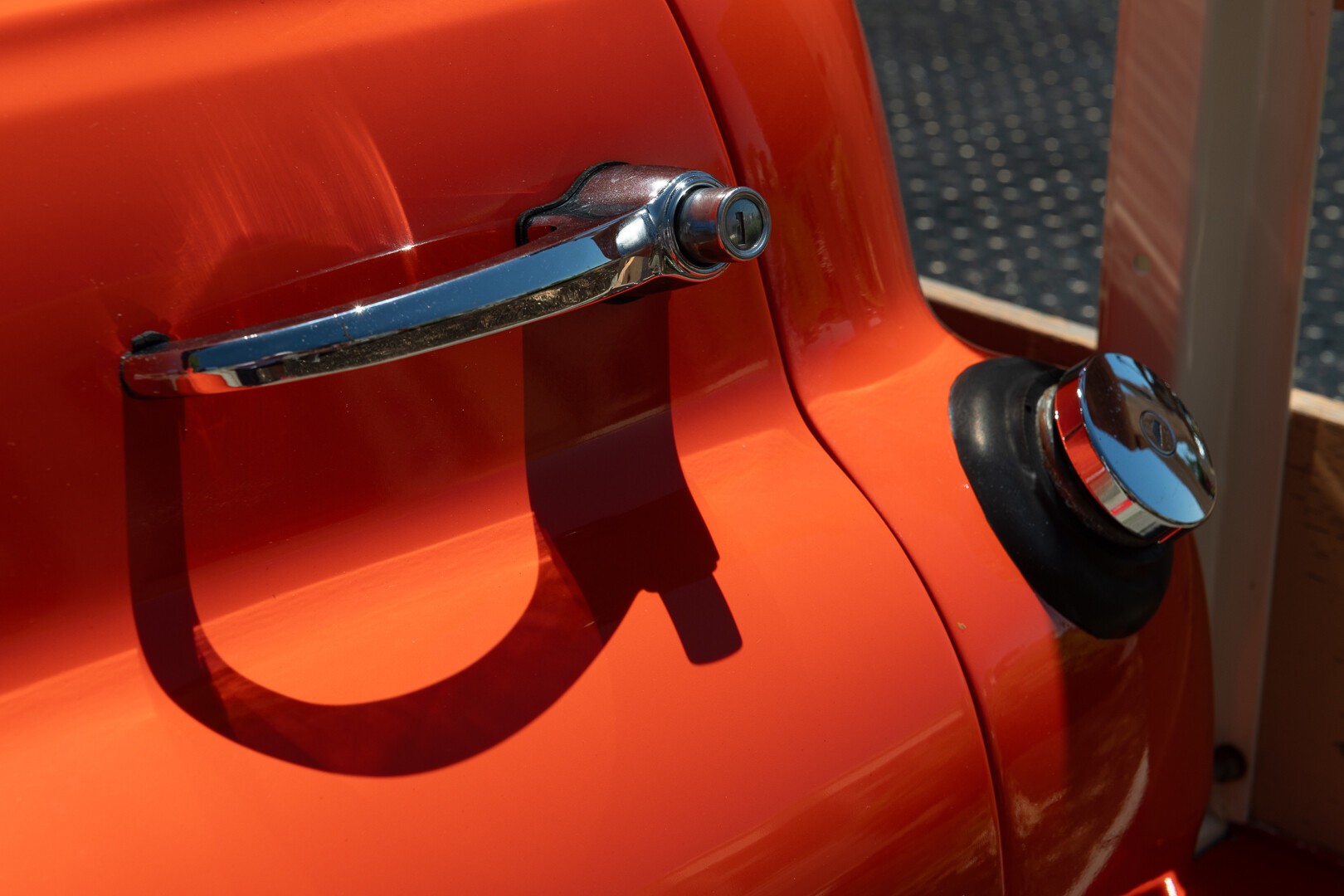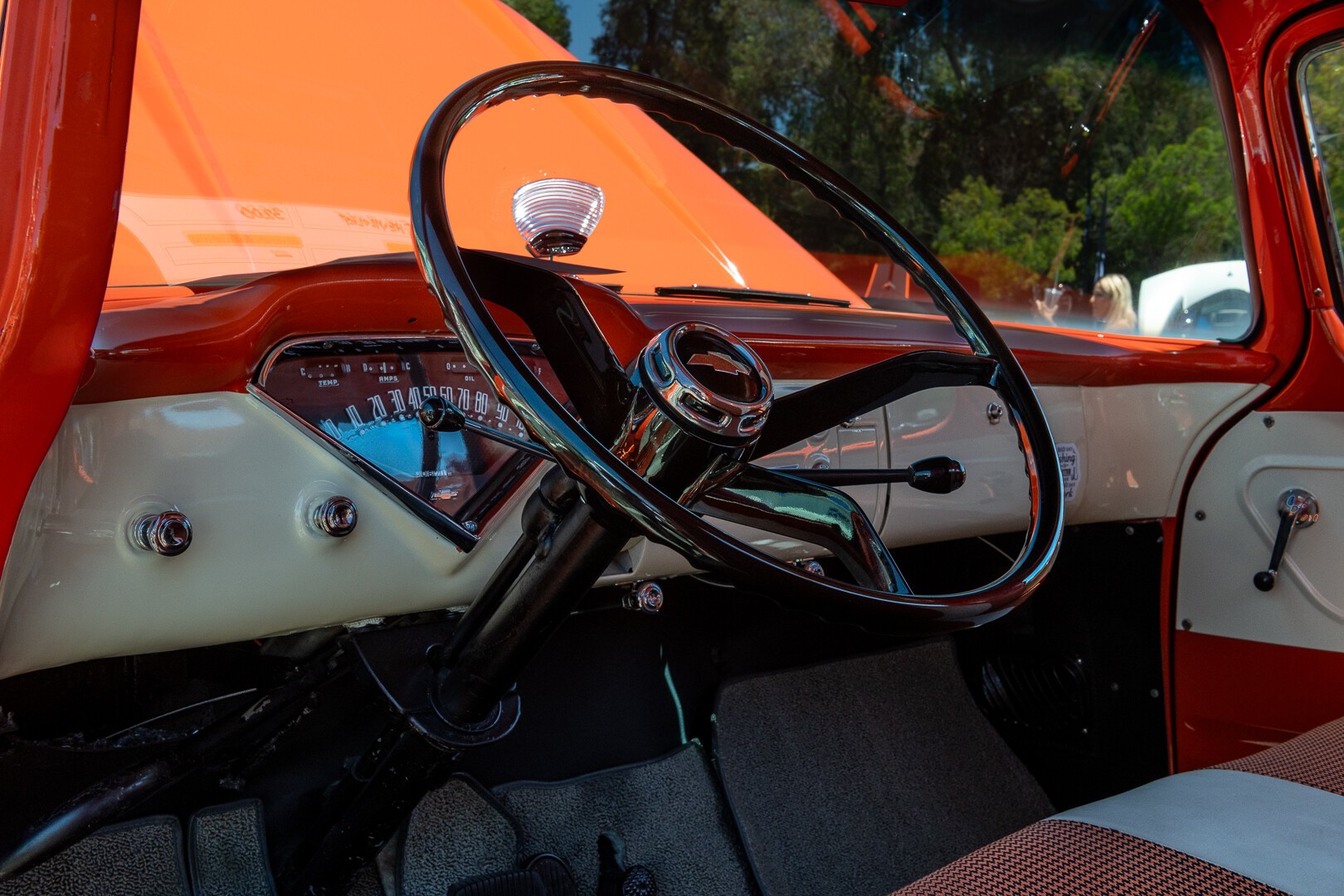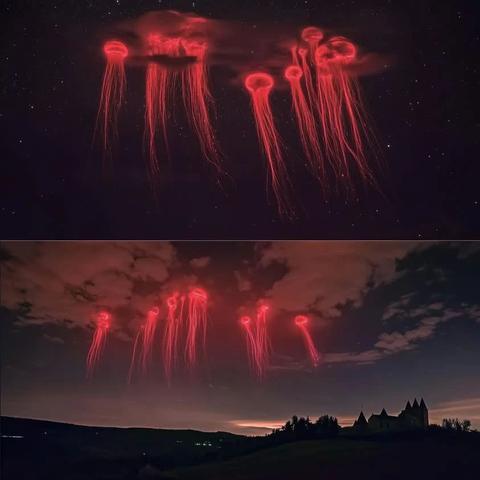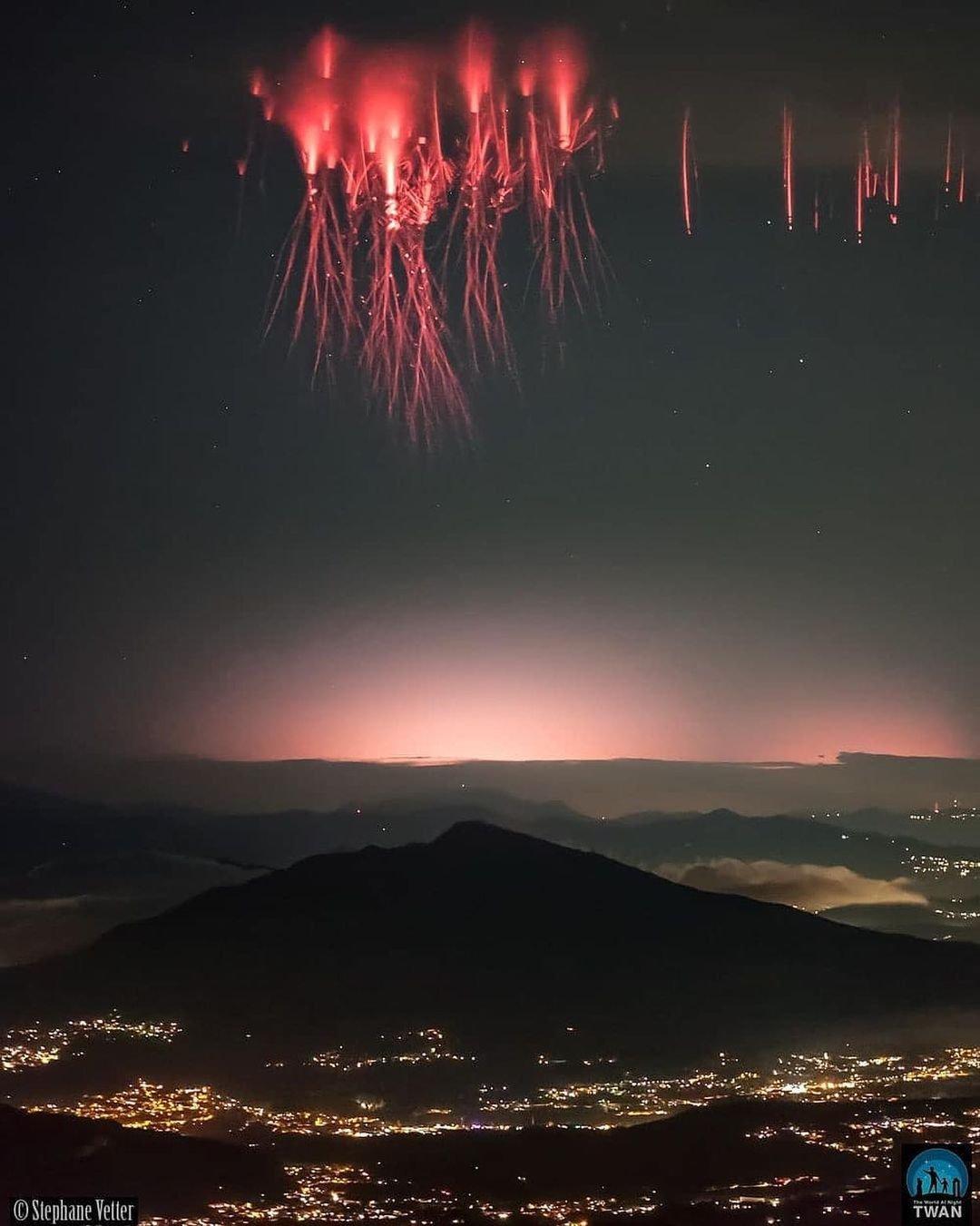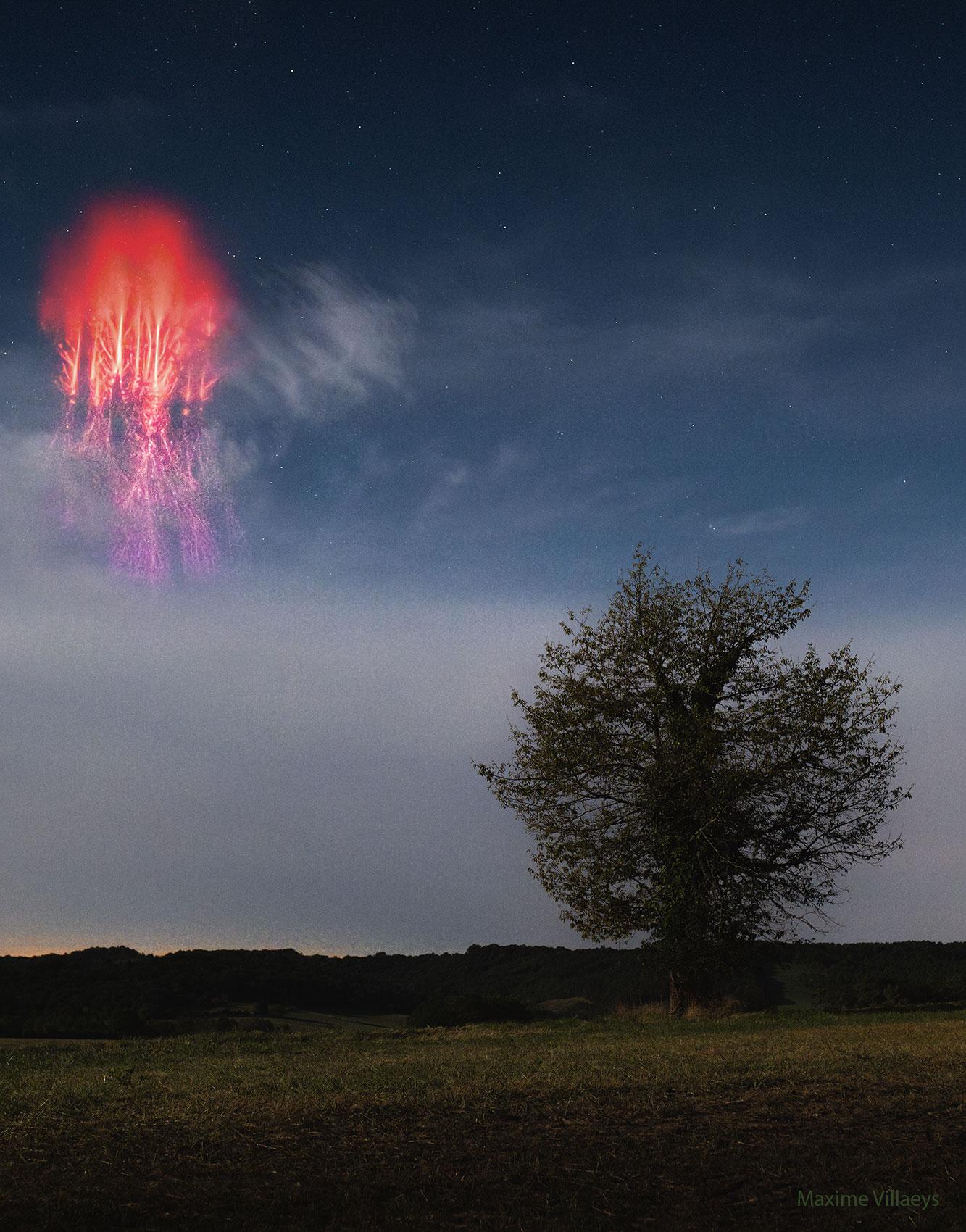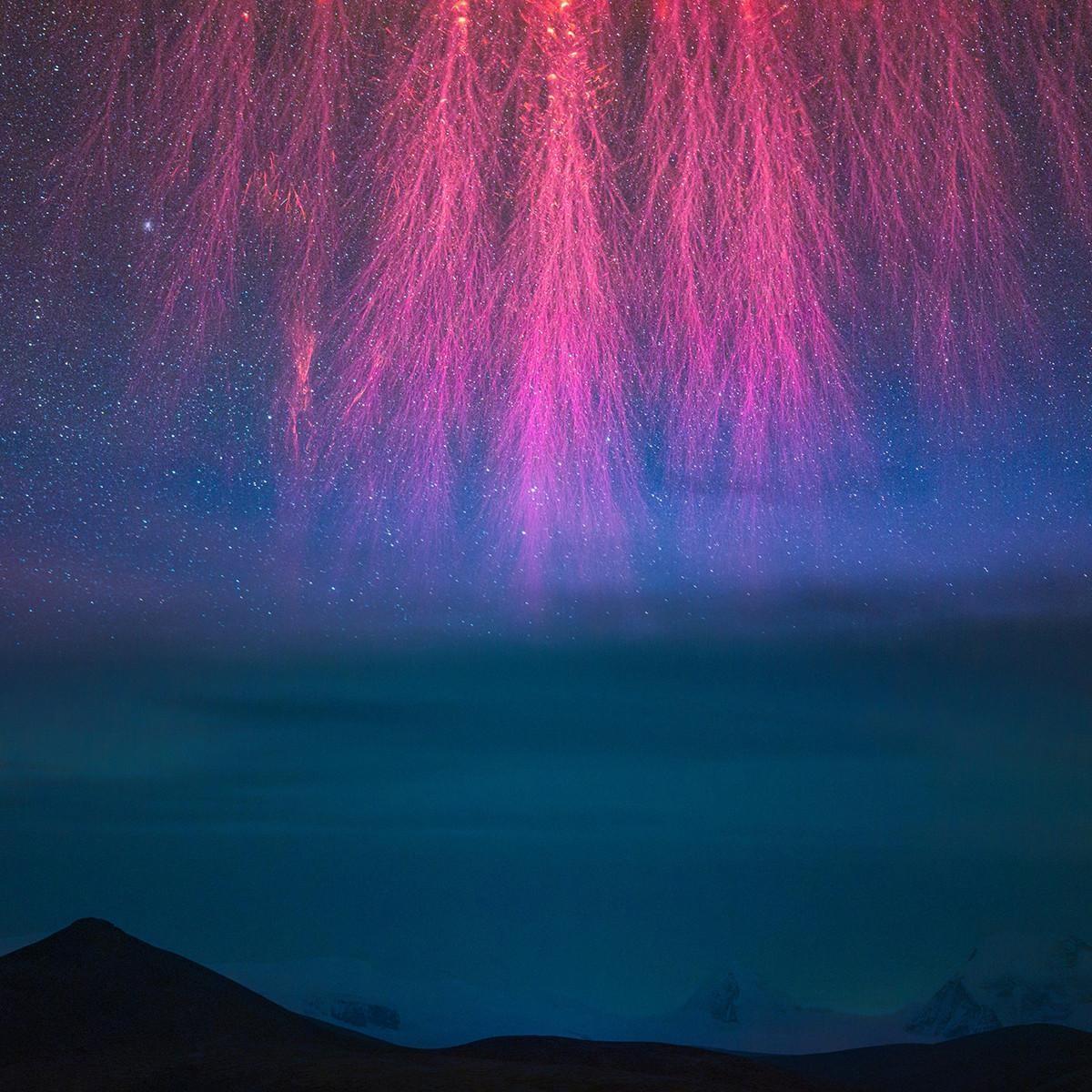#portrait #fineart #artmodel #frenchmodel #photography #strasbourg #bwphotography #blackandwhite #bw_photooftheday #bw #noiretblanc
• Sony α6400
• Sigma 16 mm f/1.4 DC DN | C
#art #grass #landscape #landscapephotography #madeira #mountains #photography #portugal @photography@a.gup.pe
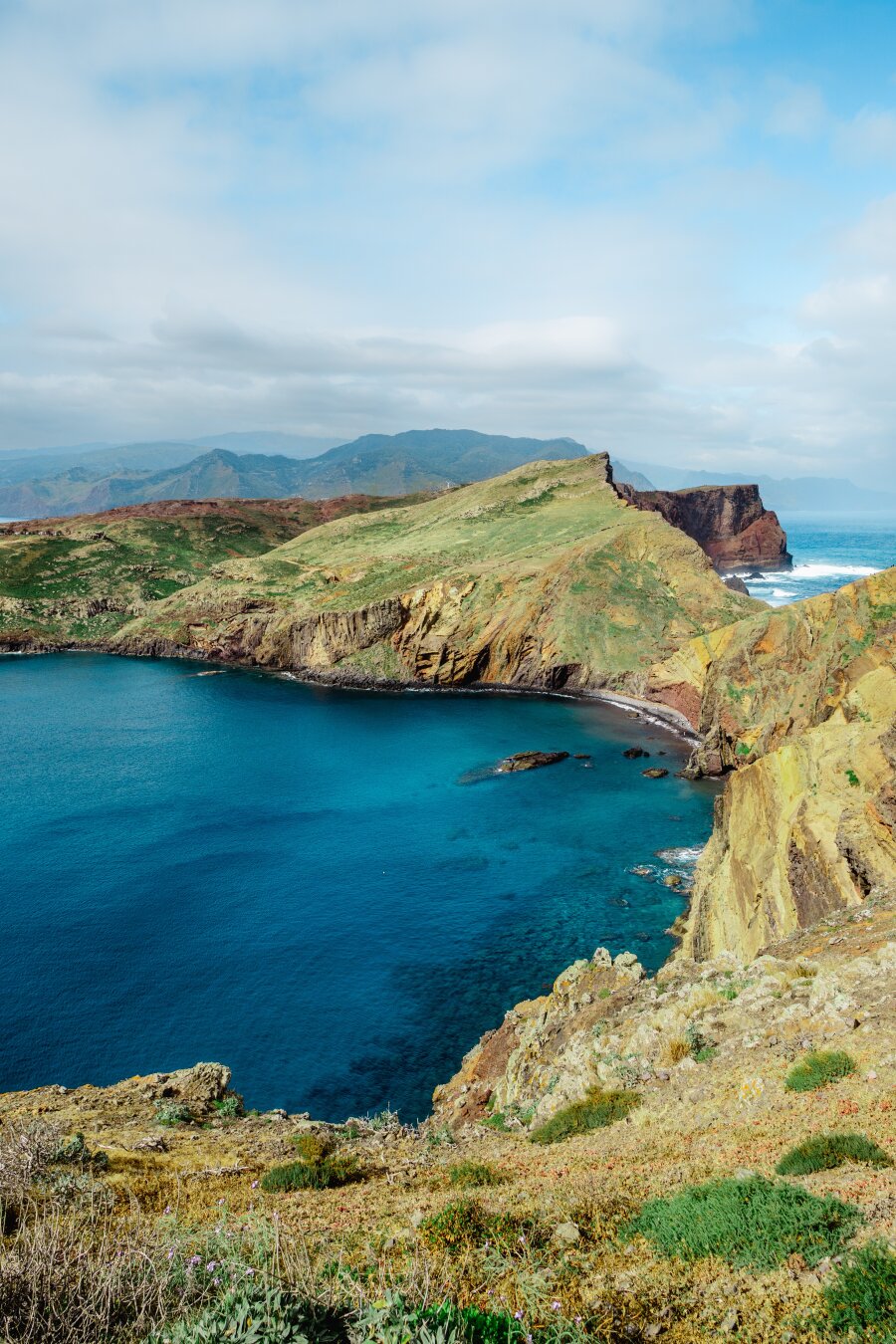
(Version françæ) Superarbre.
#Photography #Monochrome #BlackAndWhite #21StCentury #ThroughTheLens #Art #ArtOfLight #Bw #Photo #DailyPhoto #BwPhoto #BlackAndWhitePhotography #Architecture #Civilization #Work #Winter #Asia #Singapore
#Photographie #Monochrome #NoirEtBlanc #XXIemeSiecle #ATraversLobjectif #Art #LartDeLaeLumiere #Nb #Photo #PhotoDalJour #PhotoNetb #PhotographieEnNoirEtBlanc #Architecture #Civilisation #Oeuvre #Hiver #Asie #Singapour
merci de ne pas marcher sur les nuages
After the Rain, Portsmouth, NH, Photo by Joe Bruha, 7 20 25, Copyright 2025
#cloud #sky #rain #meteo #photography

2025 July 23
Fireball over Cape San Blas
* Image Credit & Copyright: Jason Rice
https://www.instagram.com/p/DLa5D4sxVag/
Explanation:
Have you ever seen a fireball? In astronomy, a fireball is a very bright meteor -- one at least as bright as Venus and possibly brighter than even a full Moon. Fireballs are rare -- if you see one you are likely to remember it for your whole life. Physically, a fireball is a small rock that originated from an asteroid or comet that typically leaves a fading smoke trail of gas and dust as it shoots through the Earth's atmosphere. It is unlikely that any single large ground strike occurred -- much of the rock likely vaporized as it broke up into many small pieces. The featured picture was captured last week from a deadwood beach in Cape San Blas, Florida, USA.
https://www.amsmeteors.org/fireballs/faqf/
https://science.nasa.gov/solar-system/meteors-meteorites/
https://science.nasa.gov/solar-system/asteroids/
https://apod.nasa.gov/apod/ap231126.html
https://en.wikipedia.org/wiki/Comet_nucleus
https://apod.nasa.gov/apod/ap190430.html
https://www.instagram.com/p/DLa5D4sxVag/?img_index=2
https://apod.nasa.gov/apod/ap250723.html
#space #galaxy #milkyway #astrophotography #photography #science #astronomy #nature #NASA

Back when I was doing the 'This Week in Energy' podcast some fifteen years ago, it seems like I vaguely remember gas faring was going to be phased out. Welp, I guess not or maybe it's back? This image alone shows seven gas flares. I saw thirty or forty in this one area of Northeast Montana. I could feel the heat from this flare while making the photo from across the road! We can be such an ignorant species...
#Climate #ClimateCrisis #Environment #Energy #EnergyTransition #Photography #Darktable
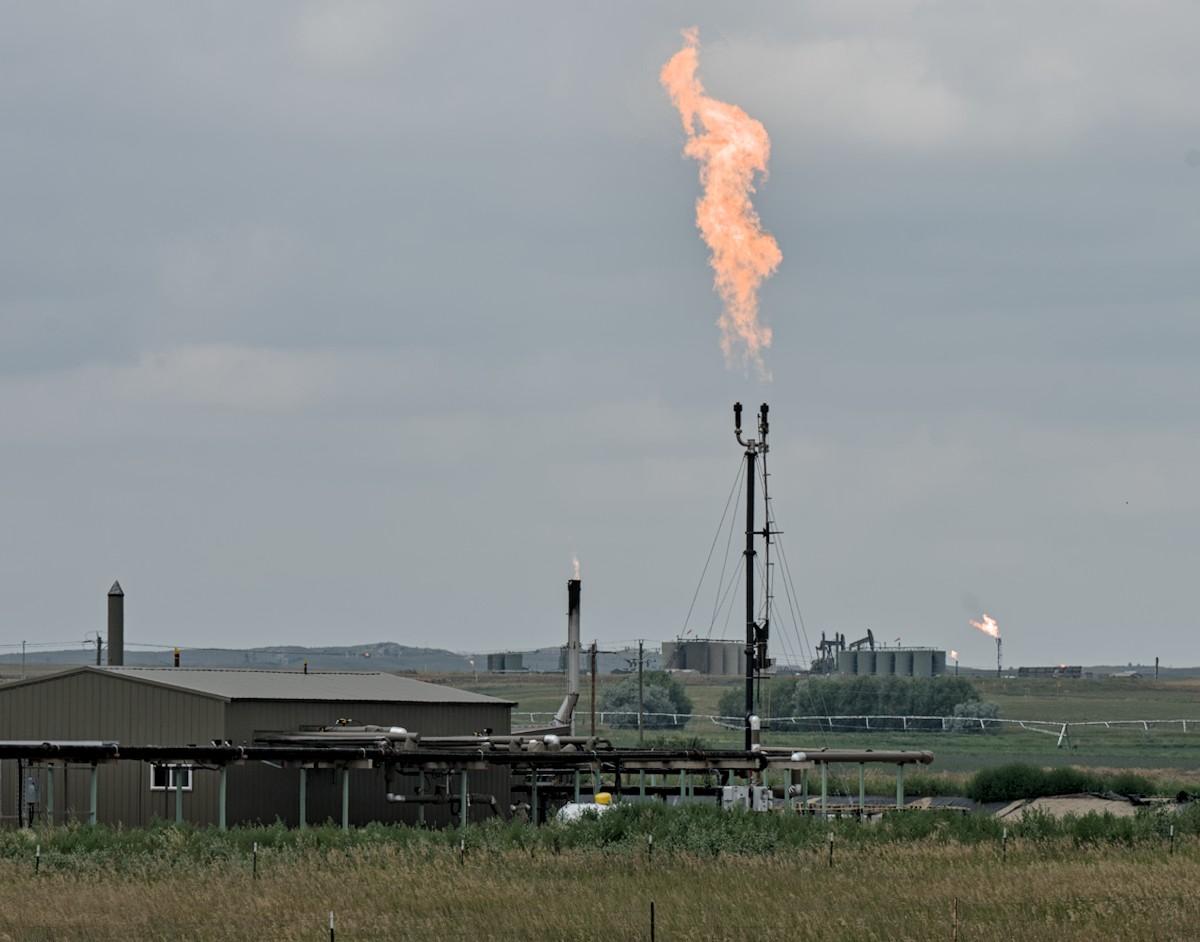
#photography #abstractphotographyart
#abstractphotography #naturephotgraphy
#photographyart #landscapephotography
#abstract #texture #wabisabi
#fineartphotography #nature
#fineartphotograpy #abstractart
#earthart #naturalabstract
#abstractnaturephotography #macrophotography
#artinnature #macro #macroart
#nature_brilliance #photoart #foto
#photopainting
Wells Street Diagonals 1 #StreetPhotography #Chicago #Photography #UrbanPhotography #BlackAndWhite #Monochrome

